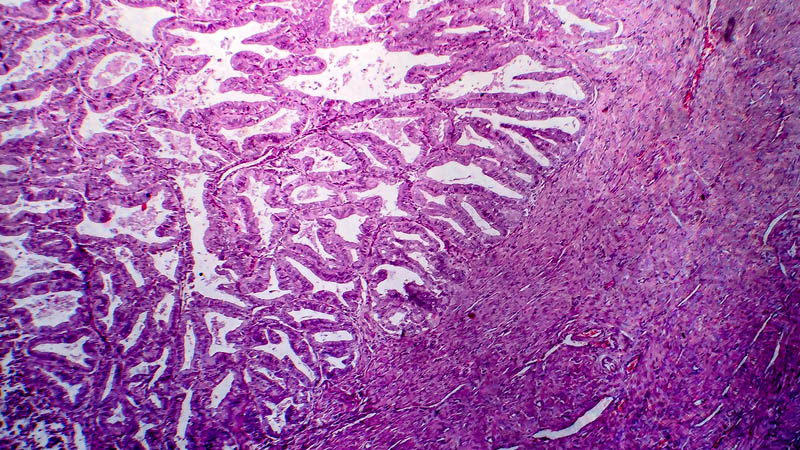Paraneoplastic syndromes in gynecologic cancers
Anna Markowska1, Krzysztof Rożnowski2, Katarzyna Grześkowiak-Fischbach1
 Affiliacja i adres do korespondencji
Affiliacja i adres do korespondencjiParaneoplastic syndromes (PS) involve signs and symptoms from various organs, which accompany tumors at various stages of their development: they may precede the development of cancer by a few months or even years, may be detected during the diagnosis or treatment of a malignant tumor, or they may precede its relapse following treatment. The most frequent mechanism of their development is thought to involve disturbances in the endocrine or autoimmune system, due to the hormones secreted by the tumors, their precursors or cytokines (secretion of ADH, PTHrP, PTH, ACTH, IL-1, IL-6, TNF). Immune mechanisms result in the development of antibodies specific for antigens of own healthy tissues, e.g. in neurologic PS antibodies are detected which are specific for Yo, CV2 and Ri. Among many types of PS in tumors of female genital organs, the most frequent ones involve endocrine syndromes leading to hormonal dysregulation, neurologic ones which result in occasionally severe disturbances of the central nervous system, hematologic PS, the most common one being thromboembolic lesions, and dermatological PS. The other PS found in early and, more frequently, in more advanced cancer include the syndrome of neoplastic cachexia, sometimes encountered in ovarian and cervical cancer.









